“Rolls-Royce is the only symbol of the elegant and noble automobile kingdom. No matter how old her style is and how expensive it is, there are still no challengers”. What her founders left us a century ago is as true today as it was then. As a car brand that has been standing for a hundred years, Rolls-Royce has been committed to building “the best car in the world” since its inception, and it is still the same today. It has never wavered in the top position of the world’s automobile industry, “aristocrats in cars” is not an empty slogan, it embodies the belief, standard and persistence of generations of Rolls-Royce people in pursuit of perfection. Nowadays, the Rolls-Royce car has become a symbol of status, and the owners of the cars are all people with certain status.

One noon in 1904, at a dinner table at the Midland hotel in Manchester, a 41 year old middle-aged man and a 26 year old young man whispered to each other, they were Frederick Henry Royce and Charles Stewart Rolls, in the eyes of others, may be just a common meal for two friends, but they will not think that it is these two people who have created the Rolls-Royce brand and have been developing for a hundred years!
In 1903, Henry Royce started to build his first car. He commissioned a foundry to manufacture auto parts, recruited some frame artisans to assemble a 4-seater body, and successfully manufactured the first 2-cylinder engine Royce car with a displacement of 1800 ml and a maximum power of only 10 horsepower. Charles Rolls, who was born in a noble family, was shocked when he saw the 2-cylinder engine car produced by Royce at an accidental opportunity. The car was started with a button, the operation was very smooth and steady, makes little noise, and doesn’t break down as often as the car at that time. Rolls immediately realized that this was the high-quality car he wanted, and he immediately borrowed Royce’s car to London and introduced it to his partner Claude Johnson. They secretly rejoiced in their hearts: Mr. Royce is the mechanical genius they have discovered that will dominate the world.
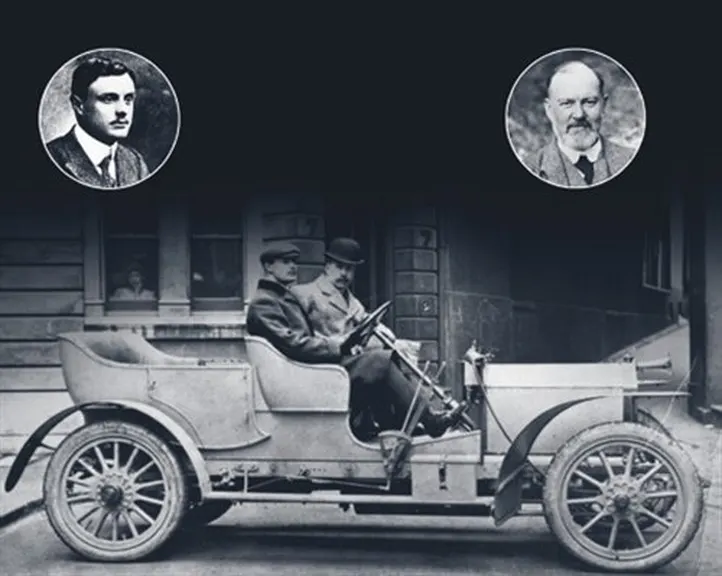
At Christmas in 1904, Rolls and Royce formally signed a cooperation agreement. The two sides cooperated to produce cars that could be put into the market. The cars will be manufactured by Royce Co., Ltd. (a company created by Royce in its early years), and the brand name is Rolls-Royce. Maybe it is unfair to Royce, but after all, Rolls-Royce is better than Royce-Rolls. They all think that the name of Royce-Rolls does not have the charm of the former, so the name of the legendary brand is determined to be Rolls-Royce.
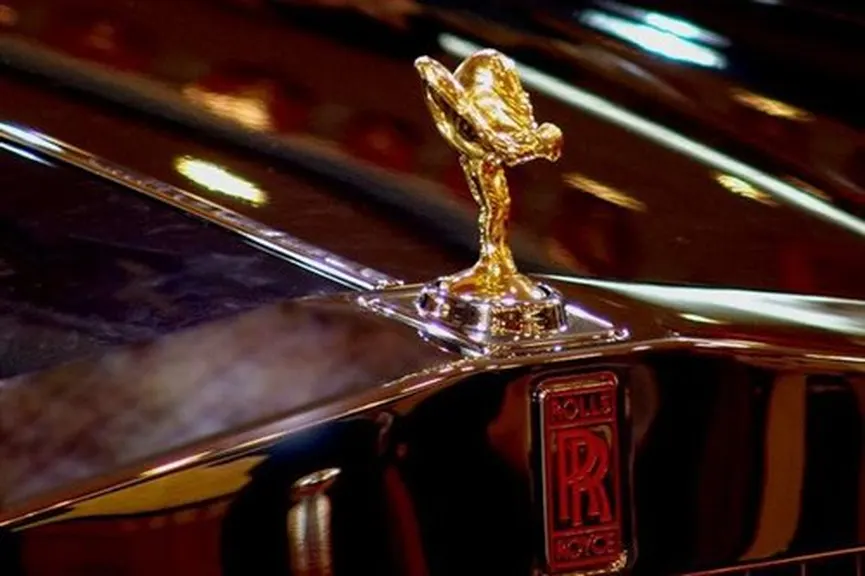
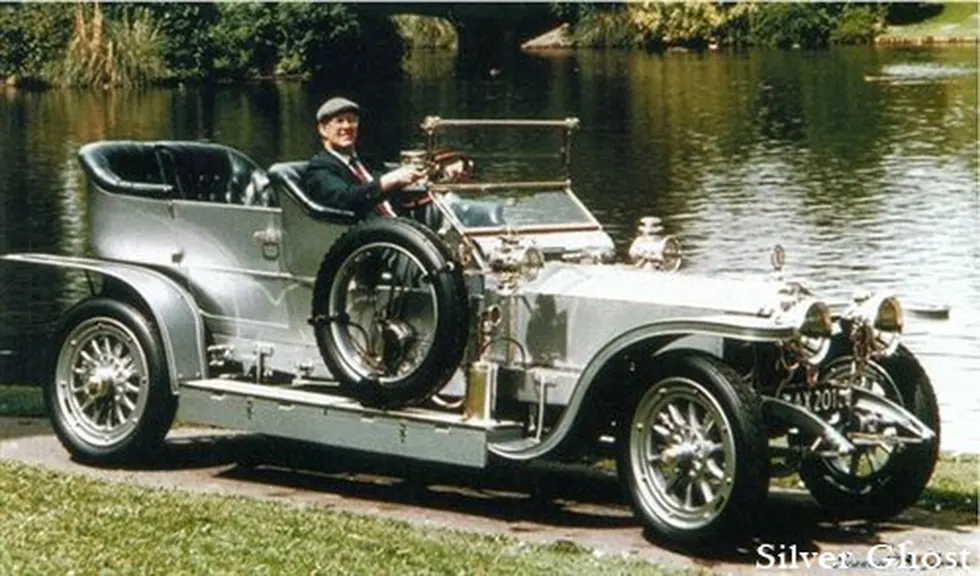
Silver Ghost, which first appeared at the Paris Auto Show in 1907, has attracted widespread attention. Its golden bell-top radiator is very eye-catching, which is still an irreplaceable design element of Rolls-Royce. The design concept of the car was also quite different from other brands at that time. For example, in order to let the passengers get off with the most elegant posture, the car door adopts a carriage walk-in design, and the door was opened backward. Such details made it recognized by the press at the time as the best car in the world. Interestingly, Rolls-Royce did not finally name the car “Silver Ghost” until it was discontinued.
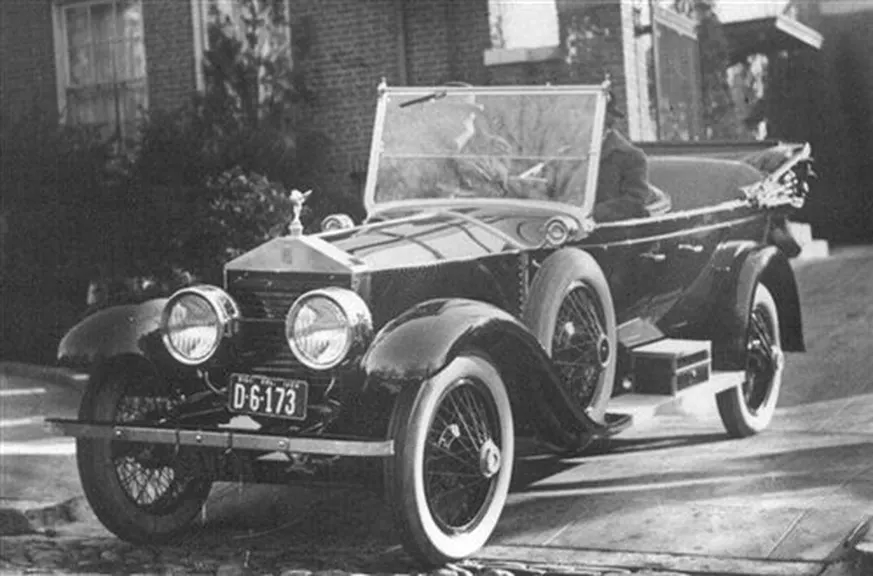
In addition to its unique appearance, Silver Ghost also has advanced technology: forced lubrication, 6-cylinder 7L engine with output power up to 36kw, and maximum speed of 110km / h. The durability of more than 22,500 kilometers of continuous travel was definitely a world record at the time. Even more valuable is that this car not only increases in length and power, but Royce also solves the vibration problem of the previous V6 engine, which often causes the crankshaft to break. In that era, the modified Rolls-Royce engine operated quite smoothly and quietly. With the outstanding performance of Silver Ghost, the Rolls-Royce brand successfully entered the ranks of the world’s top auto brands. After that, Rolls-Royce’s other mass-produced cars were gradually discontinued, and the company concentrated on developing high-end models prepared for the rich people, and then step by step to brilliant.

Of course, in order to ensure the leading position of the product in the market, it is not enough to rely on the good quality of the product itself. It is necessary to provide continuous after-sales service to customers to further cultivate their loyalty to the brand. As early as 1908, Rolls-Royce decided that the company’s mechanics would regularly visit customers to check the vehicle condition, and also established a school to train professional drivers. This business model has also achieved unprecedented success outside the United Kingdom. Five years later, Paris, Berlin and Madrid have seen repair shops providing professional services.
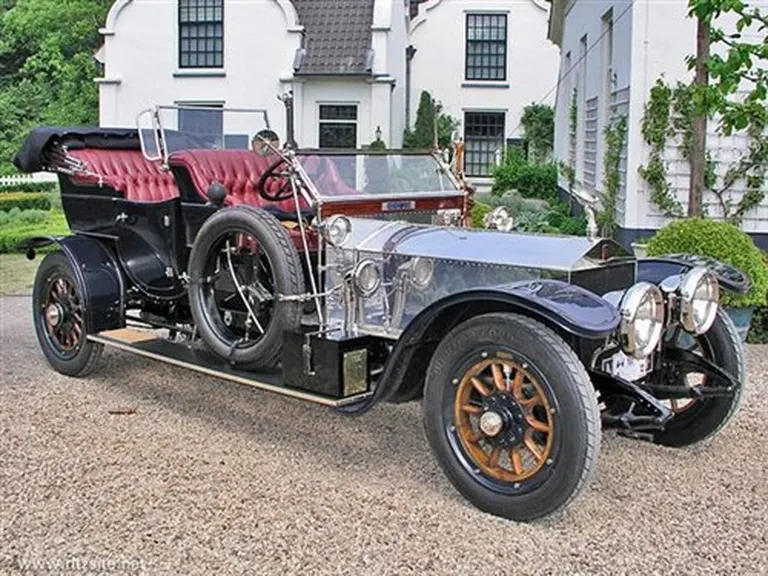
By 1924, Rolls-Royce had produced a total of 6173 Silver Ghost, all of which were handmade. Silver Ghost has established Rolls-Royce’s position in the world car industry, and its prestige soon spread overseas.
In 1914, the First World War was imminent, when the British Air Force was still equipped with French engines, and the British government believed that the war might be fully erupted on French land, so owning its own engine became a top priority. Therefore, under the order of the British government, Royce began to develop aircraft engines in the Derby factory in the United Kingdom, and soon became the main business of Rolls-Royce. The money earned by aircraft engines can just rescue the often-loss automobile business. At this time, the Rolls-Royce car was also enlisted for military use, Silver Ghost was equipped with armor, and the roof was also designed with a turret, which can be used with Vickers 303 machine guns.
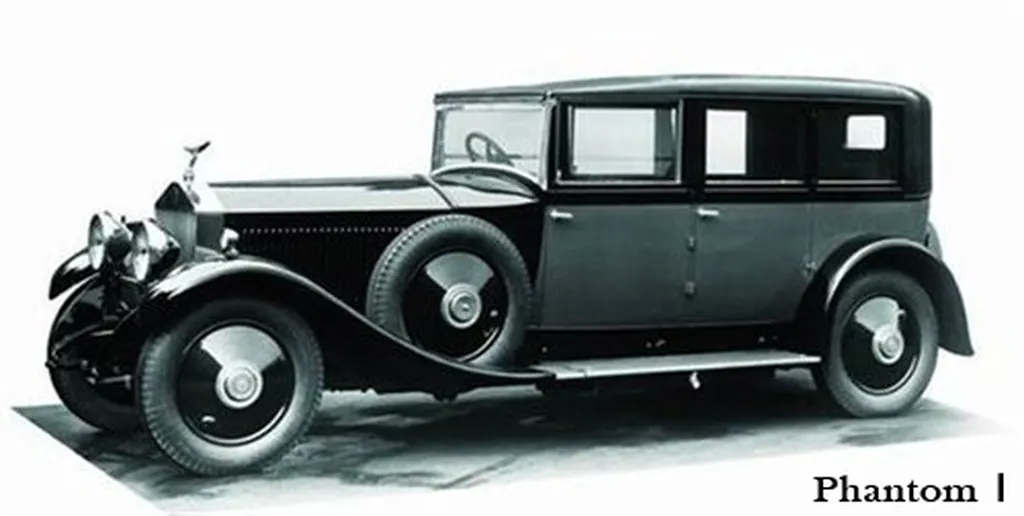
By 1925, Silver Ghost could no longer satisfy people’s aesthetic viewpoints, because it always made people feel back to 20 years ago. As a result, Rolls-Royce installed a new engine on the chassis of 40/50 (the code name before the name of Silver Ghost). This car was named Phantom. Many years later, car collectors called it Phantom I, although In terms of chassis, Phantom I did not have a groundbreaking originality, but the new design will come eventually.
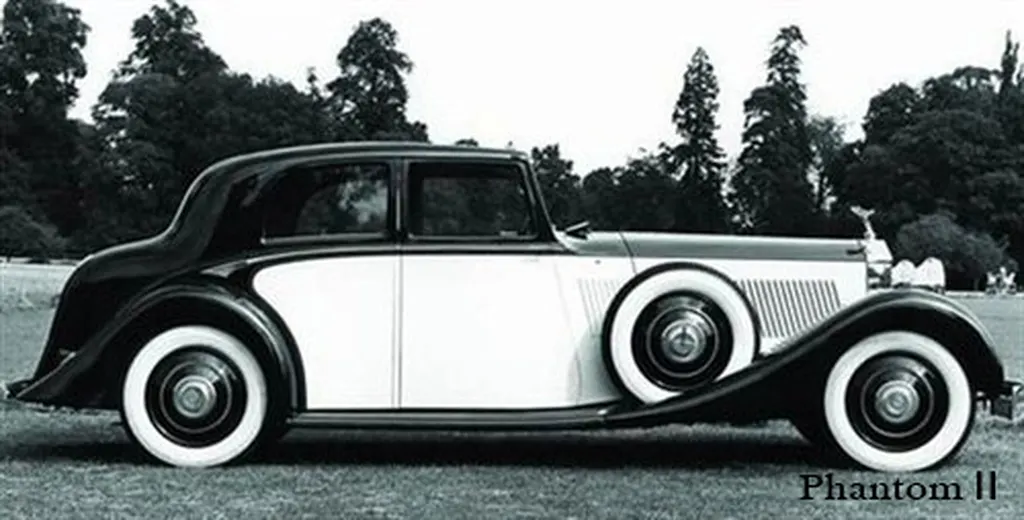
In 1929, Phantom II appeared. Since the early Rolls-Royce did not consider driving in the rain, it did not design rain shelters for drivers. In view of this, the roof of Phantom II covers both the occupants and the driver. At the same time, the proportional structure of Phantom II has also changed, which is 9 inches shorter than Phantom I. The rear seat position of Phantom I is just above the rear axle, and Phantom II moves the rear seat position between the two axles, which will make the passengers more comfortable. In addition, the engine is not much changed compared to the Phantom I, only the aluminum cylinder head is selected, the chassis has some more modern designs, and the front and rear axles are equipped with semi-elliptical structure leaf springs. Through the exquisite design, the body height of the Phantom II is significant reduce. The engine, clutch and transmission are designed as a whole, separated from the chassis, and no longer fixed on it as before. Of course, Phantom II also contains a lot of luxurious hand-made designs, so the royal spirit of Rolls-Royce is also justified. In order to give the spray paint a pearly glow, Rolls-Royce grind the fish scale into powder to add to the paint. The interior material uses French top leather and a small fig wood matching the blue color of the car body. This kind of wood can show sky blue color.
In 1931, Royce acquired the well preserved but bankrupt Bentley Motor Company. Royce hopes to revive Bentley, which also has a long history, and make it the second brand of Rolls-Royce. Royce positions Bentley as a sports car. At this time, the development of phantom III is also in progress. It should be said that Royce contributed a lot to Phantom III, but he died in 1933, and finally did not see the birth of a new car.

In October 1935, Phantom III began production. This is the first time that Rolls-Royce has equipped a 12 cylinder 7.3L engine. At the same time, the car also uses an independent front suspension. The crankshaft and cylinder head are made of expensive aluminum alloy material, which was originally only used in the aircraft engine of Rolls-Royce.
Although Phantom III has many advantages, it failed in the end. This is mainly because it does not solve the problem of engine cooling. On the highway, when Phantom III reaches the maximum speed, the engine will “boiling” quickly. Despite the improvement, the bad reputation spread out, and soon Phantom III lost its market. Compared with the sales performance of 1767 units of Phantom II, Phantom III only produced 727 units and then stopped production. As a result, Rolls-Royce unfortunately entered a depression period. Phantom III declared the end of the Royce era and the era without restrictions on research and development expenses.

In 1946, Rolls-Royce’s first mass production car after the war was born. It is Bentley Mark Ⅵ. The car, which has a sporty spirit and is more civilian than the Rolls-Royce brand, has injected a lot of energy into the economy and politics of post-war Britain. Two years later, Rolls-Royce finally launched its own brand of car, which is the Silver Dawn built on the basis of the Bentley chassis. Shortly after that, Phantom Ⅳ was successfully launched, which was the first Rolls-Royce car to be built with its own chassis after the war. This car produced only 18 units, which were specially designed for Queen Elizabeth and Duke Edinburgh. For Phantom IV, Rolls-Royce announced that only the head of state is entitled to buy and own it. This means that Rolls-Royce has pushed itself to a super high-end, exclusive market. At that time, the maximum speed of phantom Ⅳ could reach 160 km / h. Due to the rise of Rolls-Royce, Daimler brand gradually lost the favor of the royal family.
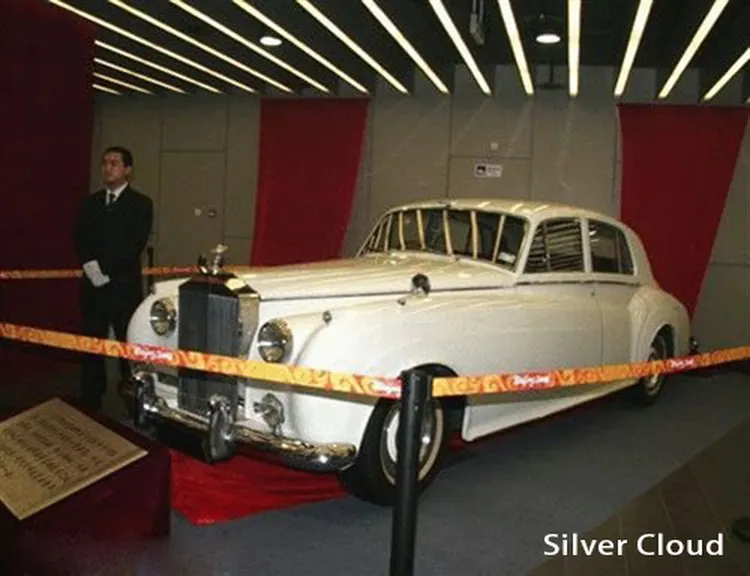

In 1955, Rolls-Royce Silver Cloud and Bentley S appeared, their engine hood and logo are exactly the same, so that some Rolls-Royce and Bentley buyers often send their new cars to British handicraft factories for personalized decoration or large-scale transformation. Rolls-Royce Silver Cloud and Bentley S lead the beginning of a new era.
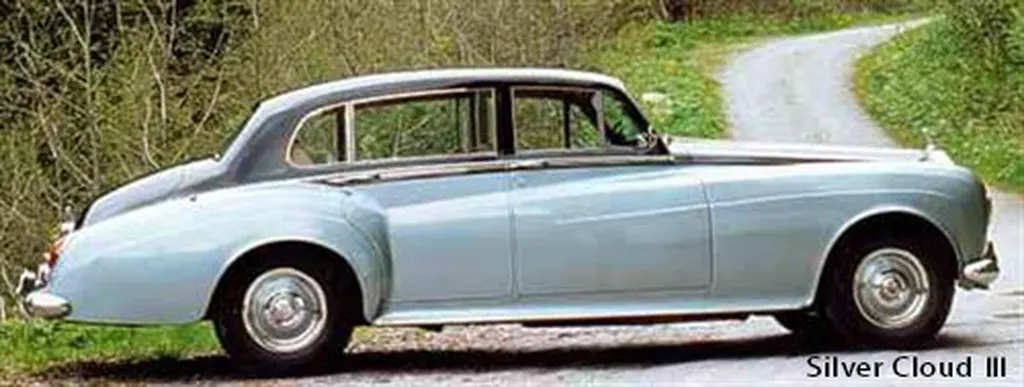
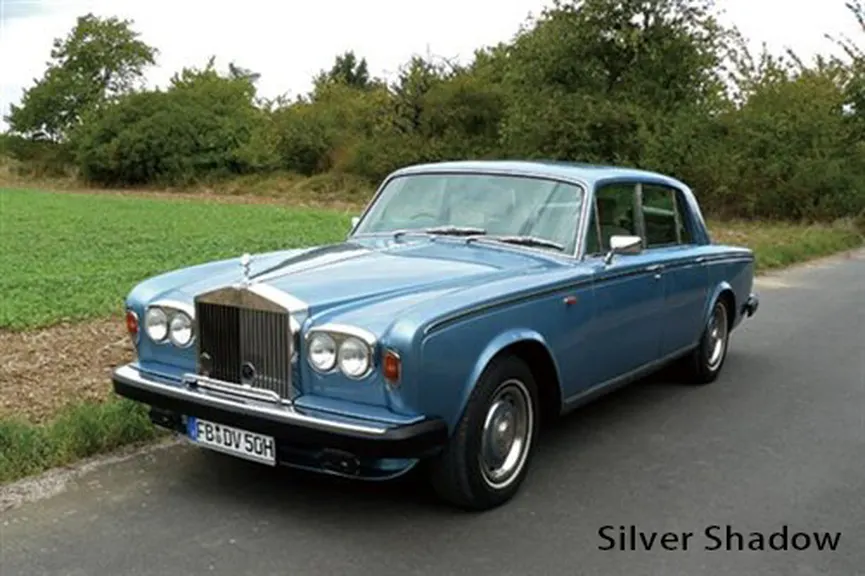 In 1965, Silver Shadow and Bentley T were born, replacing the Silver Cloud and Bentley S. Silver Shadow is the first Rolls-Royce with unibody and the largest-selling model in Rolls-Royce. A total of 34000 units were sold in 16 years, while it is the last one that still retians some classic features.
In 1965, Silver Shadow and Bentley T were born, replacing the Silver Cloud and Bentley S. Silver Shadow is the first Rolls-Royce with unibody and the largest-selling model in Rolls-Royce. A total of 34000 units were sold in 16 years, while it is the last one that still retians some classic features.

In March 1971, Silver Shadow had a branch model, it was the Rolls-Royce Corniche. The car has a maximum speed of 200 km / h, and ventilated disc brakes are used in Rolls-Royce cars for the first time.
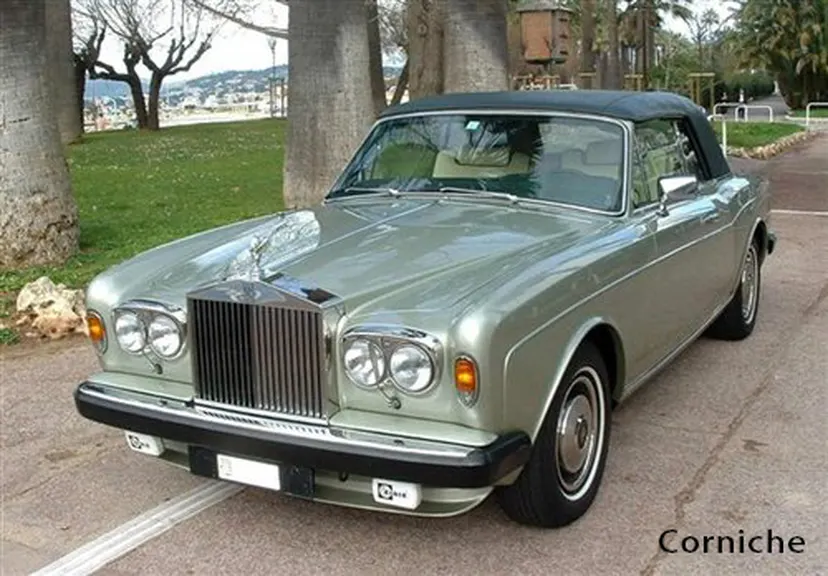
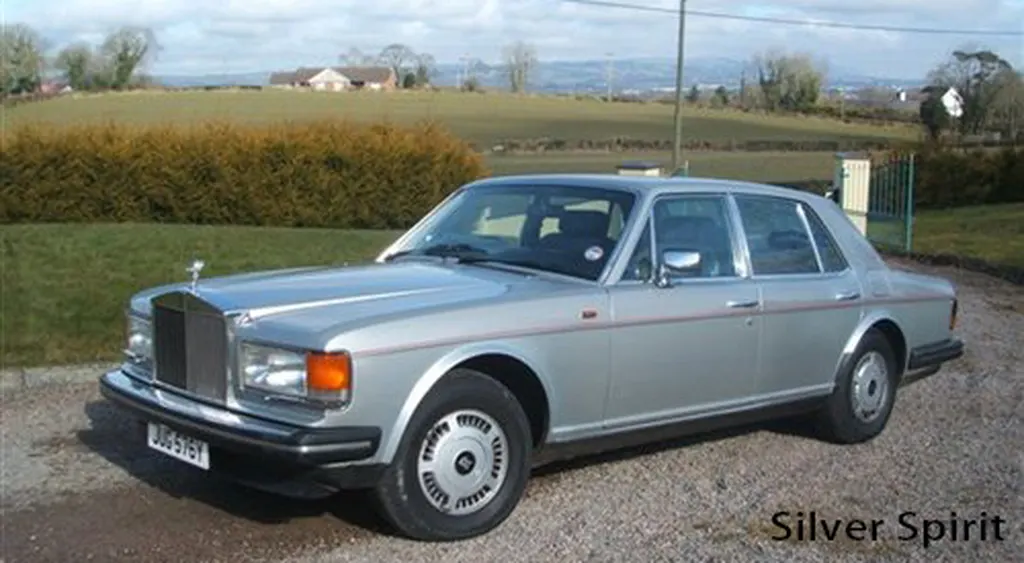
In 1971, Rolls-Royce’s aircraft engine encountered problems, and the less-profitable Rolls-Royce car was partially listed on the London Stock Exchange. In 1978, although Silver Shadow sold well, Rolls-Royce Motor Company also felt pressure, the company did not have enough investment to develop new models. The new models Rolls-Royce Silver Spirit and Bentley Mulsanne still use a lot of old craftsmanship, using parts from previous models. This year, the National Defense Equipment Group Corporation Vickers took over the production of Rolls-Royce cars, and the Rolls-Royce brand was overshadowed.

In 1997, Vickers announced that it would sell Rolls-Royce. As early as 1990, BMW took control of Rolls-Royce aircraft engine company. It seems that BMW is the most likely buyer. At the end of April 1998, Vickers officially accepted BMW’s bid of $575 million, but at this time, Volkswagen was kill halfway and announced that it would buy Rolls-Royce at a higher price with an amazing price of $795 million, and promised not to take Rolls-Royce out of the UK and maintain its management mode in the UK. As expected, Volkswagen’s move achieved remarkable results. Shareholders of Vickers group began to express dissatisfaction with the sale of Rolls-Royce to BMW, so Vickers group turned to ask BMW to raise its offer, which was firmly rejected by the BMW. After a heated discussion in the board of directors, Vickers turned to accept the offer from Volkswagen. On July 3, 1998, Vickers group announced that it would sell Rolls-Royce to Volkswagen for 1.44 billion Marks, and BMW was kicked out.
In the face of Vickers’ trick, the angry BMW immediately countered, announcing a suspension of engine supply for Rolls-Royce. This rebellion’s reaction was still strong. Rolls-Royce aircraft engine company, which owns the ownership of Rolls Royce trademark, became BMW’s ally. It announced that it would not agree with Volkswagen to use the brand name of Rolls-Royce, but would license the name right and trademark right to BMW.
All of this made the Volkswagen who reached an agreement to acquire Rolls-Royce extremely embarrassed. An acquisition battle turned into an impasse: Volkswagen bought the right to use the “Flying Goddess” logo and radiator grille, but there was no way to manufacture a “Rolls-Royce” brand car; similarly, BMW got the “Rolls-Royce” car name, but did not have the right to use the car logo and radiator grille.

In August 1998, the chairman of Rolls-Royce, Graham Morris, was forced to resign, and finally Volkswagen, BMW, Rolls-Royce and Vickers settled the dispute through negotiation. BMW got the right to use Rolls-Royce’s name and logo for $68 million, but allowed Volkswagen to use its name until the end of 2002. Volkswagen bought the Bentley brand, but could produce Rolls-Royce Silver Seraph and Bentley Arnage in Crewe, UK, until December 31, 2002. After that, the production right of Silver Seraph was transferred to BMW. BMW agreed to abide by a series of contracts signed with Cosworth engine company controlled by Volkswagen.

The brand new Phantom is the latest model released by BMW after taking over Rolls-Royce. The designer of this model is only 20 years old, but he has great talent. He has studied the models of Rolls-Royce for nearly a hundred years, especially integrating some features of Rolls-Royce in 1930s into the design of new cars. For example, the front hood of the engine is very huge, while the proportion of the windows is very small, which is in line with the situation that modern rich demand for car privacy, so it is very popular in Europe, America and Asia.
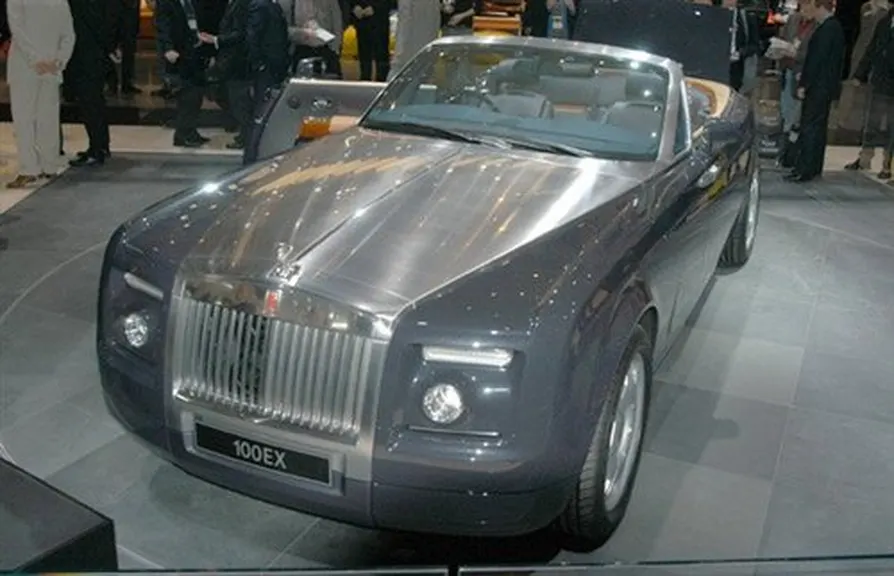
Similarly, in 2003, the Rolls-Royce 100EX was launched, the first experimental model since BMW took over Rolls-Royce in 1998 and launched a new Phantom. 100EX is a four seat two door open convertible. It uses a light and hard aluminum alloy space frame, and its body is similar to the Rolls-Royce Phantom, but the body is slightly shorter. The biggest difference between 100EX and Phantom is that the former is a convertible. Like many sports cars, the roof can be raised and lowered automatically. The 100EX engine hood has an aluminum alloy panel that extends all the way to the front face of the car. The lights are also different from the Phantom, changing from a thin strip to a circle. However, like other Rolls-Royce cars, the 100EX is handmade at Goodwood’s factory in the UK.

In 2007, Rolls-Royce ushered in a glorious year. As the most expensive luxury model in the world, the production of Rolls-Royce Phantom broke through the 1000-unit mark for the first time. Inspired by such rich achievements, Rolls-Royce is still making innovations. The new mass-produced 101EX model will go down the Goodwood production line and join the Rolls-Royce Phantom family.
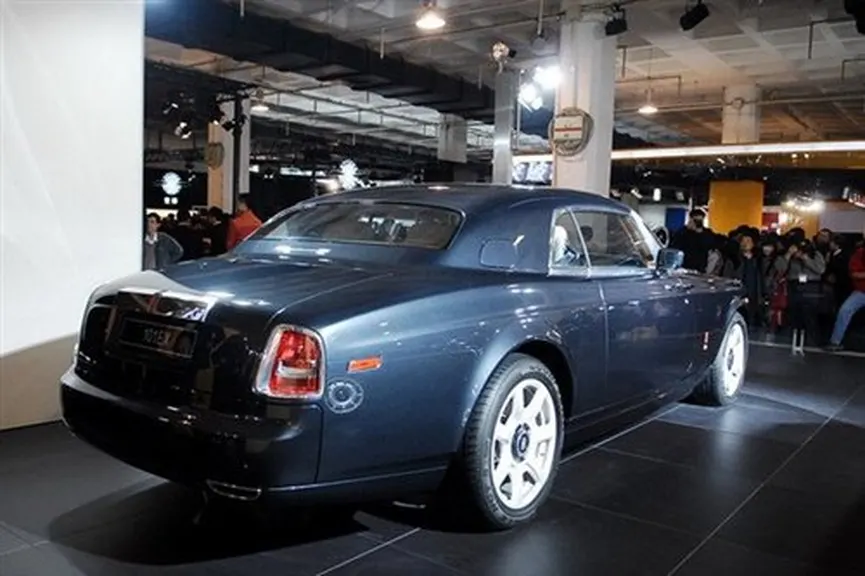
Rolls-Royce 101EX is officially named as Rolls-Royce Phantom Coupe. Its model also evolved from the luxury Rolls-Royce Drophead Coupe convertible. The appearance is very close to the Phantom Drophead Coupe convertible. It adopts lightweight and hand-made unibody structure, and uses all aluminum chassis structure. The total welding length of the whole vehicle is more than 430 feet. The engine compartment cover is still made of frosted aluminum alloy and maintains the original color of the metal. The doors on both sides also maintain the style of the British carriage and adopt the way of reverse opening, which shows the noble temperament of the British royal family.
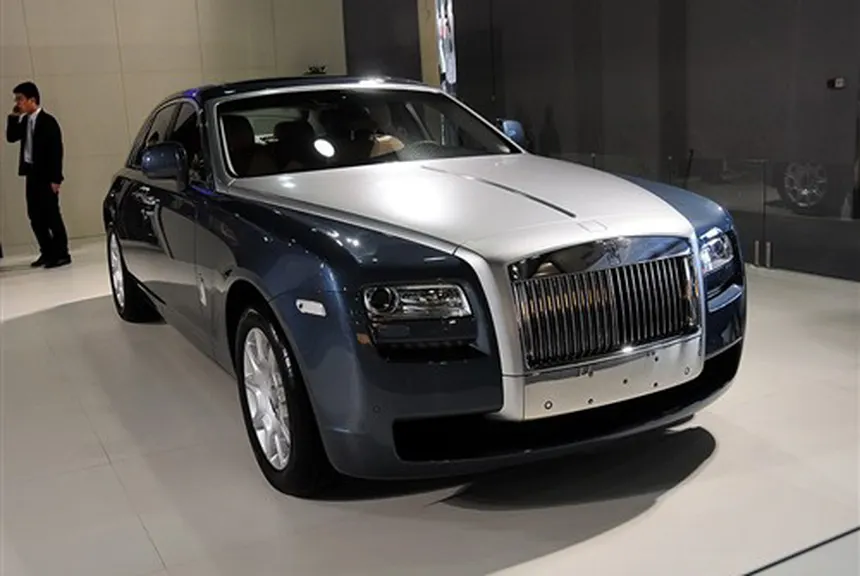
In 2009, Rolls-Royce released the new 200EX concept car, and named the car Ghost. It seems to commemorate the Silver Ghost that was called “the best car in the world”. It also indicates that Rolls-Royce wants to reshape the legend that has gone through a hundred years of vicissitudes and has gradually lost its former glory.

Ghost is a four door sedan, positioned slightly lower than the Rolls-Royce Phantom series. It has a length of 5399mm, a width of 1948 mm, a height of 1550mm, a wheelbase of 3295mm, which is smaller than the Phantom. Ghost is equipped with a newly developed 6.6-liter twin turbo V12 engine developed by Rolls-Royce, with a maximum output power of 420 kW / 5250 rpm and a maximum torque of 780 nm / 1500 rpm. It is matched with a new 8-speed ZF automatic gearbox, which has fast and smooth power transmission. The acceleration time between 0 and 100 km / h is 4.9 seconds, and the electronic maximum speed limit is 250 km / h. The new power transmission system optimizes the fuel economy of Ghost, with a comprehensive fuel consumption of 13.6L in 100km.
Summary:
Since its founding in 1904, Rolls-Royce’s factory has undergone six relocations, during which it has changed its owners several times, creating stories of ups and downs, but it has not shaken its top position in the world’s automotive industry. “aristocrats in cars” is not an empty slogan, it condenses the beliefs, standards and persistence of generations of Rolls-Royce people in pursuit of perfection.

